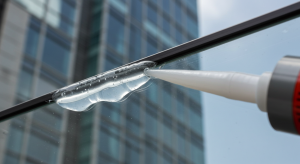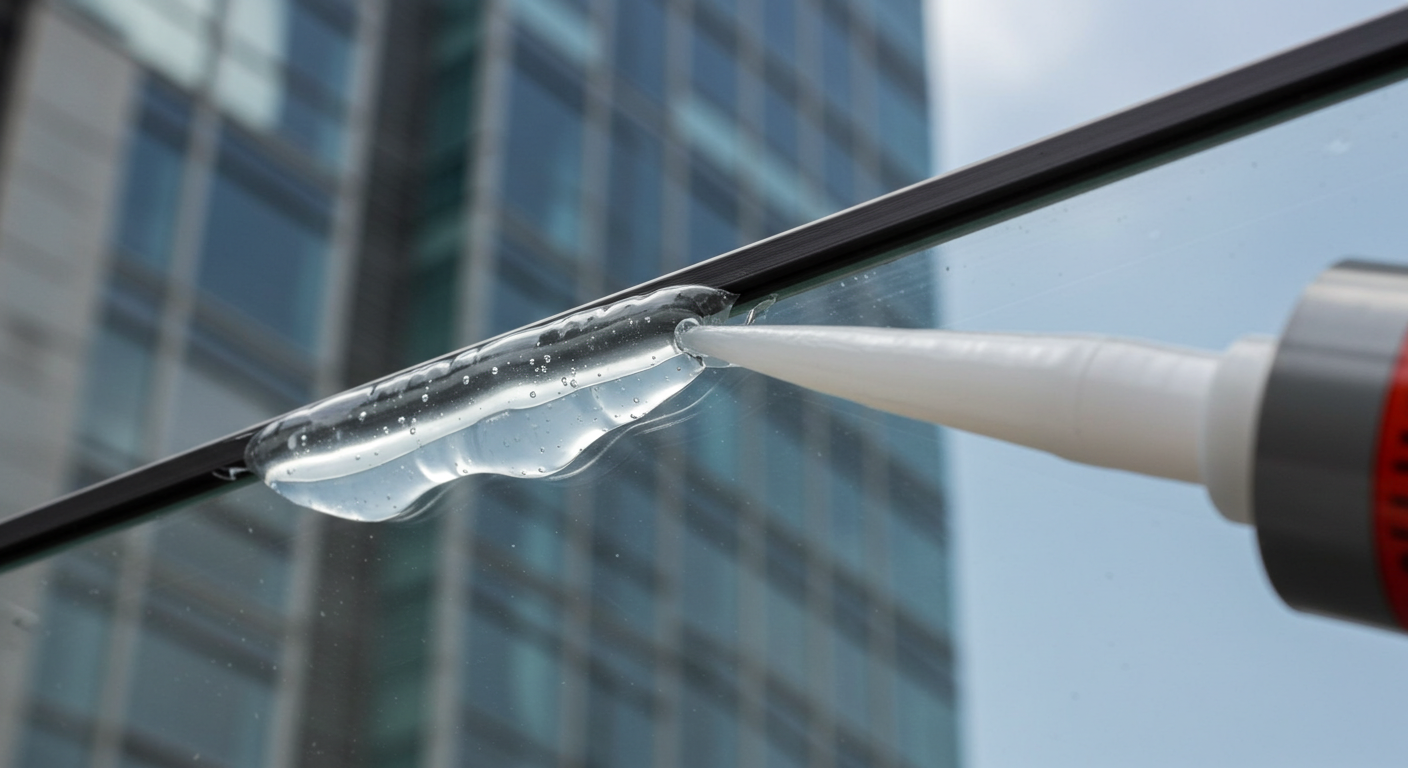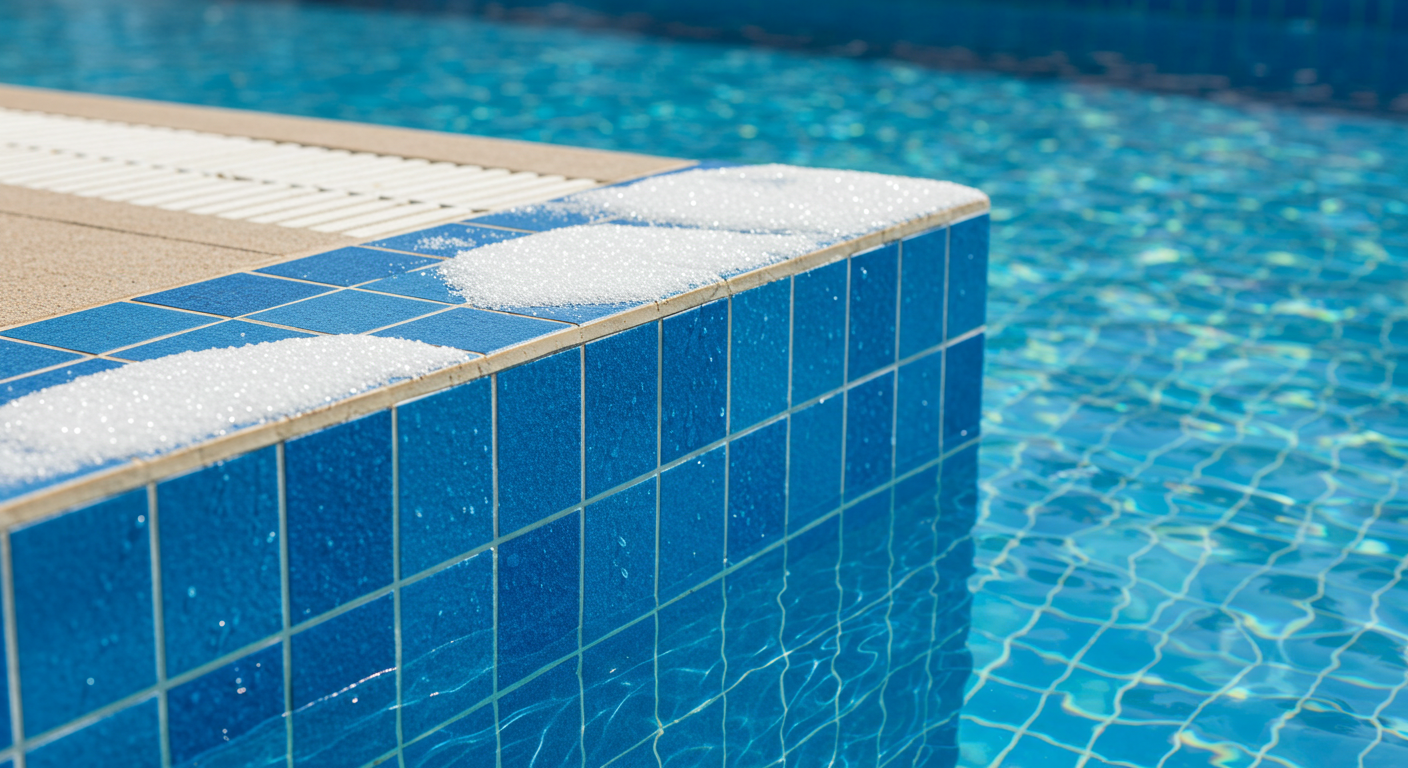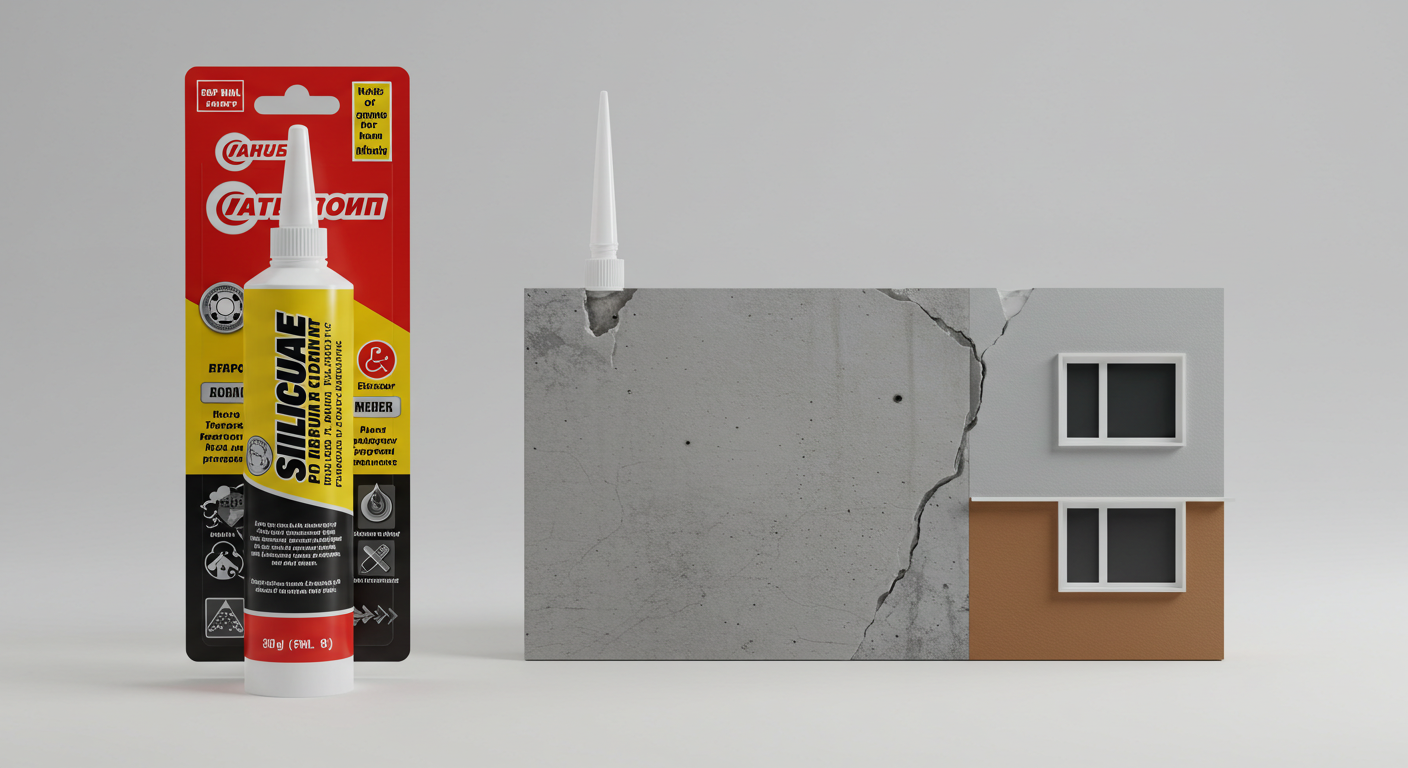Structural Glazing Silicone Sealant for Glass Facades
2025-02-01

In modern architecture, glass facades have become a symbol of elegance, innovation, and sophistication. They create a stunning visual impact while promoting energy efficiency and allowing natural light to flood interior spaces. One of the key elements that ensure the longevity and safety of glass facades is the structural glazing silicone sealant. This high-performance sealant plays a crucial role in securely bonding glass panels to the building structure, providing structural support, weatherproofing, and long-term durability. As glass buildings continue to dominate urban skylines, understanding the importance of structural glazing sealants is essential for architects, engineers, and construction professionals.
In this article, we will discuss the benefits, applications, proper selection, and techniques for applying structural glazing silicone sealants to maximize their effectiveness and longevity.
What is Structural Glazing Silicone Sealant?
Structural glazing silicone sealant is a high-strength adhesive specifically formulated for bonding glass panels to the structural frame of a building. Unlike traditional sealants, structural glazing sealants are designed to carry significant loads, making them ideal for high-rise buildings and expansive glass installations. These sealants act as a hidden backbone for the facade, ensuring stability without the need for visible mechanical fasteners.
These sealants provide exceptional adhesion, flexibility, and resistance to environmental stressors, such as wind loads, UV exposure, and temperature fluctuations. They not only hold the glass securely in place but also act as a protective barrier against water, air, and debris infiltration. Their versatile properties allow them to adapt to both structural and aesthetic demands, making them indispensable in modern construction.
Benefits of Structural Glazing Silicone Sealants
High Strength and Durability
Structural glazing silicone sealants offer superior tensile strength and long-lasting adhesion. They are capable of withstanding significant loads, including wind pressure, seismic activity, and the weight of large glass panels. This ensures that the facade remains structurally sound even under harsh conditions. Their durability minimizes maintenance and extends the lifespan of glass facades, reducing long-term costs.
Flexibility and Movement Absorption
Buildings naturally expand and contract due to temperature changes, wind, and vibrations. One of the most important qualities of structural glazing silicone sealants is their flexibility. These sealants can absorb such movements without cracking or losing their bond, maintaining the integrity of the facade. This flexibility is particularly crucial in regions prone to extreme weather or seismic activity, where building movement is common.
Weather and UV Resistance
Glass facades are constantly exposed to changing weather conditions, including rain, humidity, snow, and extreme sunlight. Structural glazing sealants are designed to resist UV rays and harsh weather, preventing degradation over time. This feature ensures long-term performance and prevents leaks or water damage, making them an ideal choice for projects in coastal or high-altitude environments.
Aesthetic Benefits
Structural glazing eliminates the need for bulky mechanical fasteners, creating a sleek and modern aesthetic. The seamless appearance of glass panels enhances the overall visual appeal of the building, making it more attractive and contemporary. Architects favor structural glazing for its ability to create uninterrupted glass surfaces that reflect light beautifully, giving buildings a sophisticated and cutting-edge appearance.
Energy Efficiency and Thermal Insulation
By providing an airtight and watertight seal, structural glazing sealants help reduce heat loss and air leakage, improving the building’s energy efficiency. This contributes to lower heating and cooling costs, making the building more sustainable. Their role in preventing thermal bridging further enhances indoor comfort, making glass facades energy-efficient without compromising on aesthetics.
Common Applications of Structural Glazing Silicone Sealants
Structural glazing silicone sealants are widely used in various architectural projects, from commercial skyscrapers to residential homes. Their versatility allows them to meet the needs of diverse applications.
High-Rise Buildings
In skyscrapers and tall buildings, large glass panels are often bonded using structural glazing sealants. This method enhances both the structural stability and aesthetic appeal of the building. The sealant’s ability to withstand high wind pressure and dynamic movements is essential for maintaining the facade’s integrity at higher altitudes.
Curtain Walls
Curtain wall systems, which consist of large glass panels attached to the building’s framework, rely heavily on structural glazing sealants to hold the panels securely in place and provide weatherproofing. The sealant prevents air and water infiltration, ensuring a comfortable indoor environment.
Skylights and Canopies
Skylights and glass canopies require secure bonding to prevent water infiltration and ensure safety. Structural glazing silicone sealants create a durable and weather-resistant seal, allowing natural light to enter while keeping out moisture. This application is particularly important in commercial spaces such as atriums and airports.
Commercial and Residential Buildings
Structural glazing is not limited to commercial applications; it is also widely used in residential projects, particularly for modern homes with large glass windows and doors. Homeowners appreciate the clean lines and open views that structural glazing provides, creating a seamless connection between indoor and outdoor spaces.
How to Choose the Right Structural Glazing Silicone Sealant
When selecting a structural glazing sealant, it is important to consider the specific requirements of your project. Each project presents unique challenges, so choosing the right sealant is critical to success.
Adhesion to Various Substrates
Ensure that the sealant adheres well to common materials such as glass, aluminum, steel, and concrete. Compatibility with the building materials is crucial for a secure and durable bond. Poor adhesion can compromise the safety and longevity of the facade.
Load-Bearing Capacity
Choose a sealant with the appropriate tensile strength to support the weight of the glass panels and withstand wind pressure, vibrations, and other external forces. The load-bearing capacity must match the structural demands of the project to avoid potential failures.
UV and Weather Resistance
Since glass facades are exposed to sunlight and weather extremes, opt for a sealant with excellent UV and weather resistance to prevent degradation and ensure long-term performance. This is especially important for buildings in tropical or high-altitude regions.
Flexibility and Movement Accommodation
The sealant should be flexible enough to absorb thermal expansion, contraction, and structural movements without cracking or losing adhesion. High flexibility ensures that the sealant maintains its performance even under continuous stress.
Compliance with Industry Standards
Ensure that the sealant complies with local building codes and industry standards, such as ASTM C1184 for structural silicone sealants. This guarantees that the product meets safety and performance requirements. Non-compliance could result in project delays or failures.
Step-by-Step Application of Structural Glazing Silicone Sealant
Proper application of structural glazing sealant is essential to achieve optimal bonding and performance. Follow these steps for a successful installation:
Surface Preparation
Clean all bonding surfaces to remove dirt, dust, grease, and any contaminants that may interfere with adhesion. Use a suitable cleaning agent and ensure the surface is completely dry before applying the sealant. Proper surface preparation is the foundation for long-lasting adhesion.
Priming (If Required)
Some substrates may require the application of a primer to enhance adhesion. Check the manufacturer’s recommendations and apply primer as needed. Skipping this step can compromise the bonding strength of the sealant.
Sealant Application
Load the structural glazing silicone sealant into a caulking gun. Cut the nozzle at an appropriate angle and apply a continuous bead of sealant along the bonding surface. Ensure an even distribution without gaps or voids. Avoid applying too much sealant, as it can cause messiness and compromise the joint.
Positioning the Glass Panels
Carefully position the glass panels onto the sealant bead, ensuring proper alignment. Apply gentle pressure to achieve full contact between the sealant and the bonding surfaces. Misalignment can lead to stress concentrations and potential failure.
Tooling and Smoothing
Use a smoothing tool to spread the sealant evenly and remove any air pockets. This step ensures a watertight seal and enhances adhesion. Smooth, consistent joints are crucial for maintaining both aesthetics and functionality.
Curing and Final Inspection
Allow the sealant to cure as per the manufacturer’s instructions. Curing times may vary based on temperature, humidity, and sealant type. Once cured, inspect the joints for any defects or gaps and make necessary corrections. Proper curing ensures maximum strength and durability.
Maintenance Tips for Structural Glazing Sealants
Regular maintenance can extend the lifespan of structural glazing sealants and maintain the integrity of the glass facade. Here are some key maintenance tips:
Regular Inspections
Periodically inspect the sealant joints for signs of cracking, peeling, or detachment. Early detection of issues can prevent further damage and costly repairs. Routine inspections should be part of any building maintenance plan.
Cleaning
Clean the sealant joints and glass panels with mild soap and water to remove dirt and debris. Avoid using harsh chemicals or abrasive materials that could damage the sealant. Regular cleaning keeps the facade looking new and functioning properly.
Reapplication When Necessary
If you notice any damage or wear, reapply the sealant to maintain the structural integrity of the facade. Consult a professional if extensive repairs are needed. Timely reapplication prevents minor issues from becoming major problems.
Common Mistakes to Avoid During Application
To achieve the best results, avoid these common mistakes when applying structural glazing sealants:
Skipping Surface Preparation
Failing to properly clean and prepare the bonding surfaces can lead to poor adhesion and premature sealant failure. Thorough preparation ensures long-term success.
Inconsistent Application
Uneven or insufficient application of sealant can result in weak bonding and air or water infiltration. Consistency is key to achieving a reliable seal.
Ignoring Curing Time
Using the structure before the sealant has fully cured can compromise its effectiveness. Follow the manufacturer’s guidelines for curing time to maximize performance.
Conclusion
Structural glazing silicone sealants are essential for creating secure, durable, and aesthetically pleasing glass facades. They offer high strength, flexibility, and weather resistance, making them ideal for a wide range of applications. By selecting the right sealant, following proper application techniques, and maintaining the joints regularly, you can ensure the longevity and performance of your glass facade. With their ability to provide both functional and aesthetic benefits, structural glazing sealants play a vital role in modern architectural design, ensuring that buildings remain safe, sustainable, and visually stunning for decades to come.




